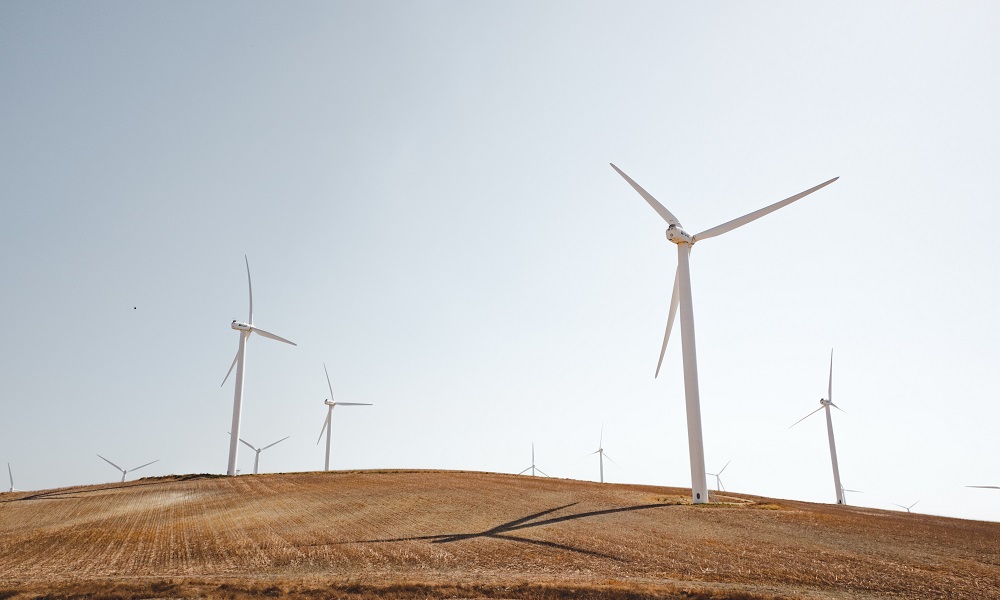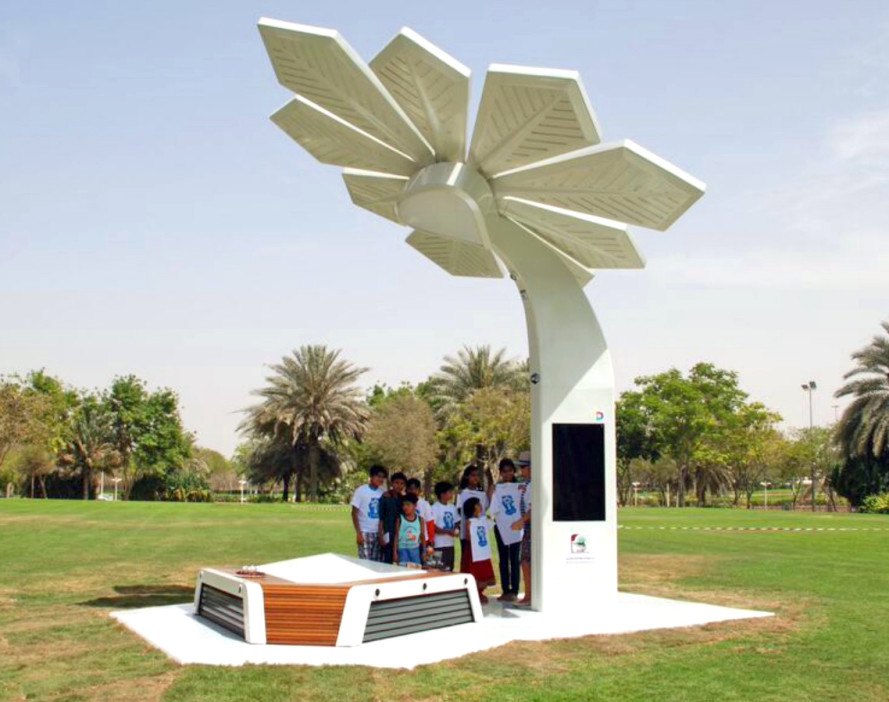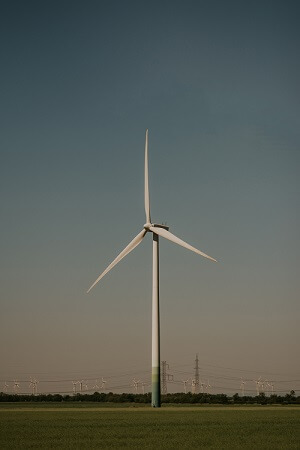3D printing for energy: Discover the 3D printed wind turbine
Posted By Lucie Gaget on May 9, 2018 | 0 comments
We saw it in a previous blog, additive manufacturing is now a great tool to create devices for the energy industry. From batteries to solar panels, a lot of devices and projects are 3D printable. Energies and more specifically renewable energies are taking more and more space in our daily lives. The additive manufacturing technology is becoming an efficient way to give life to these amazing projects! In this blog post, we are going to talk more in details about 3D printed wind turbine, and wind turbine blades. Let’s see how 3D printing can help to create even more efficient wind turbines!
Why is it interesting for the energy field to 3D print?
Benefits of 3D printing for the energy industry
Additive manufacturing is a good solution to make your prototypes, but also to create your end products. Regarding the creation of prototypes, 3D printing appears to be a really cheap and efficient method, it is an amazing solution to give life to your project and to get a good overview of quite complex and technical projects.
In order to 3D print, you just have to create a 3D file using a 3D modeling software. Then, you can make many iterations and the only thing that you will have to modify is your 3D design. It is really convenient and allows you to work on your designs in details, which could allow you to work on brand new renewable energy devices, even more efficient than the devices that we know now. This cutting-edge technology allows you to get your project designed and printed in no time.
For the finished products, it is now possible to build really resistant parts thanks to metal 3D printing, for instance. Check out our 3D printing materials pages to choose the best material for your energy projects!
The development of large-scale 3D printing
We already saw on the blog that new 3D printing technologies are unveiled, and one of the big trend that we can notice at the moment is the development of XL 3D printers.
Indeed, these printers are able to print at architectural scale, which is allowing the creation of 3D printed houses or 3D printed bridges. New materials such as concrete are also making it possible.
Large-scale 3D printing and metal 3D printing are the most promising technologies developed at the moment. Indeed, they are more and more used by companies to develop complex projects for the energy industry, but also for aeronautics for example. Big structures such as solar panels or vertical wind turbines are now 3D printable thanks to the fast evolution of the 3D printing technology.
https://inhabitat.com/
We are going to see in this blog post that 3D printing will now allow to build ultra-tall 3D printed energy devices.
The best 3D printed wind turbine
We are in 2018, and the renewable-energy capacity in the United States has more than tripled since 2008. Wind power is now representing ⅔ of all the renewable energy in America installed in the last ten years. 3D printable wind turbines are now a reality, let’s see what are the most promising project, and why.
These is the kind of devices that will soon be totally 3D printable!
A 3D printed wind turbine responding to the weather
Eric Loth, an engineering professor at the University of Virginia wants to go further with the renewable energy devices, and more specifically, he wants to develop a new technology of wind turbines.
His goal is to build a tower that is 500 meters high. It could allow to generate up to 50 megawatts (MW). Eric Loth is thinking about creating blades placed down wind. Changing and optimizing the design of this kind of device could totally change its efficiency, and that is precisely what Eric Loth is planning to do. Moreover, the blades of the tall wind turbine developed by the engineer could change and adapt their position depending on the weather to maintain the efficiency at its best.
Why does he want to use 3D printing? Especially to print the wind turbine blades! Indeed, this manufacturing technique will allow him to create parts with a more complex geometry, and this way, he will be totally free regarding the design work.
3D printed micro-turbines
Additive manufacturing allows to create a new kind of wind turbines. Indeed, Orange Silicon Valley decided to make a new experiment: they want to develop new wind turbines, and more exactly micro-turbines! These devices will be easier to transport than traditional big vertical wind turbines. And to give life to this new project, they choose 3D printing.
It would be more convenient to send this kind of turbine in remote area,where people can’t use traditional turbines. For instance, these micro-turbines are perfect for urban setting!
To develop the prototype of these turbines, a desktop 3D printer has been used, using ABS plastic.
A taller 3D printed wind turbine
With this same idea to improve or avoid the transport aspect, RCAM Technologies, a Californian company recently decided to develop a project of 3D printed wind turbine. Their idea is at the opposite of the micro-turbine project. Indeed, they want to use additive manufacturing to erect a tower that will be about 140 meters high. Indeed, if the wind turbine is taller, it will be more efficient. Indeed, the U.S. National Renewable Energy Laboratory affirms that raising the actual height of wind turbines from 80 to 140 meters would help to double the land area across the country where wind power is really cost-effective.
The goal of this project here is to 3D print some parts of the wind turbines directly on spot, to avoid the transport issue. For the moment, the start up is 3D printing the prototypes of the wind turbines using a robotic arm.
3D Printed wind turbine blade molds
The US Advanced Manufacturing Office is partnering with third-parties to develop 3D Printing molds for wind turbine blades.
Given former Wind Energy Technologies Office director Jose Zayas, 3D Printing “seemed like a very attractive option to explore because it brings a new way of thinking”, for mold manufacturing.
Indeed, the Office is exploring ways to manufacture wind turbine blades in a more cost-effective, timely manner. As molds are towering, but also costly and long to make, setting up 3D Printers to make them on-site rather than shipping them would help achieve savings. The US Advanced Manufacturing Office wants to make it possible using BAAM 3D Printers (Big Area Additive Manufacturing), which allow to reduce manufacturing ime by 35%.
GE’s towering 3D printed wind turbines
GE, LafargeHolcim, and Cobod are developing together on-site 3D Printing wind turbines. Other than its reliance on concrete 3D Printing, what makes this project peculiar is its goal of achieving up to 200 meters tall wind turbines.
The height of nowadays wind turbines can’t exceed 100 meters because of the maximum base diameter. Indeed, wind turbines wider than 4.5 meters can’t be transported by road.
To provide for this issue, GE intends to print wind turbines on site. This will of course open up manufacturing cost savings, also, the ability to produce taller turbines will increase their yield. Indeed, The output of an 160-meter tall wind turbine is 33% better than that of an 80-meter tall one.
As you can see, for these kind of projects additive manufacturing has a lot of benefits, and will help to develop brand new projects, bigger ones, smaller ones and definitely, more efficient ones. The future of 3D printing in the energy industry is promising and will help to create new innovative project thanks to its many advantages regarding the freedom of design, the manufacturing efficiency. It is also the perfect manufacturing method to save money and time.
You want to create parts for an energy project and make the most of additive manufacturing? Give it a try and upload your 3D file right here!
If you want to read more news about the latest 3D printing applications, you can subscribe to our weekly newsletter right here.


 Connect with Google
Connect with Google Connect with Facebook
Connect with Facebook

